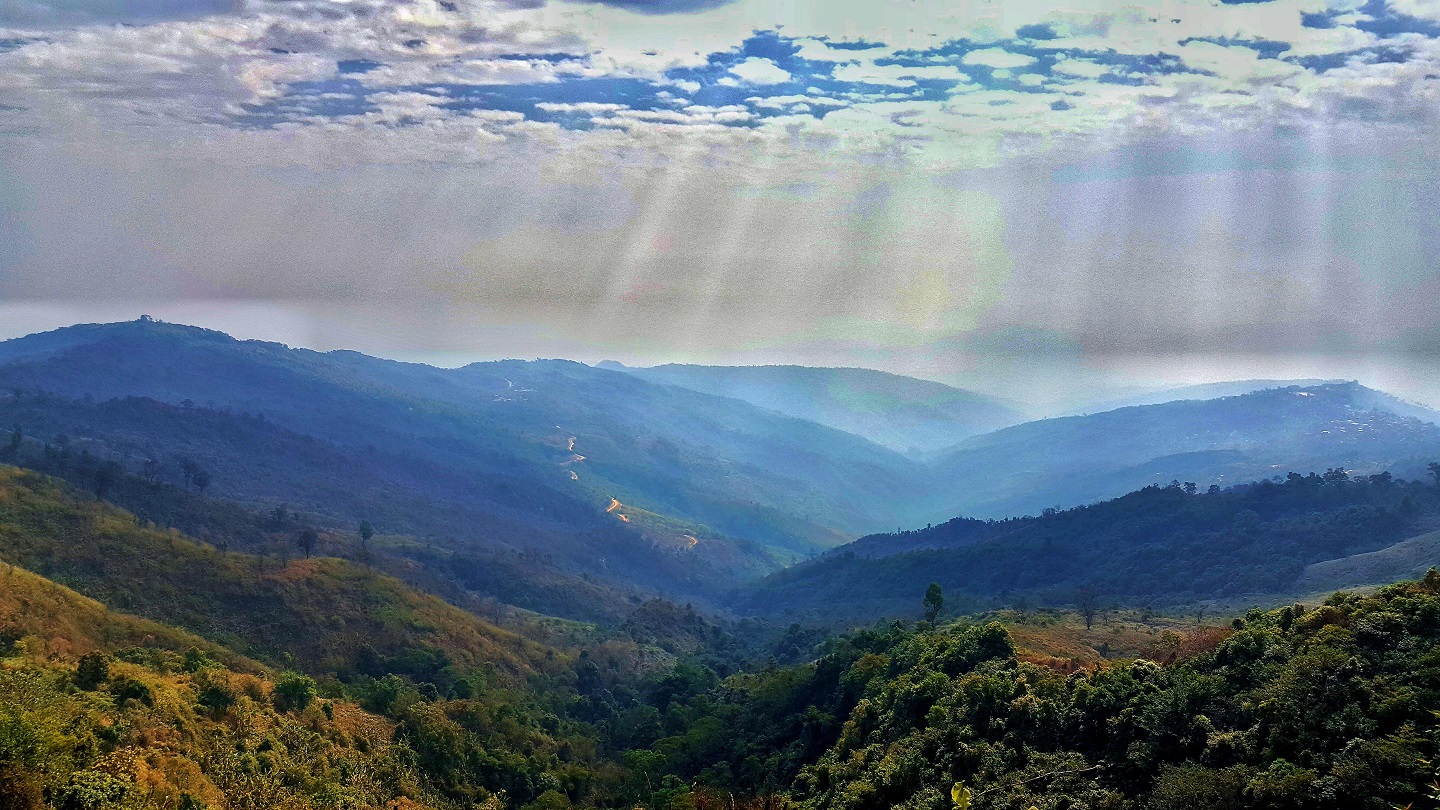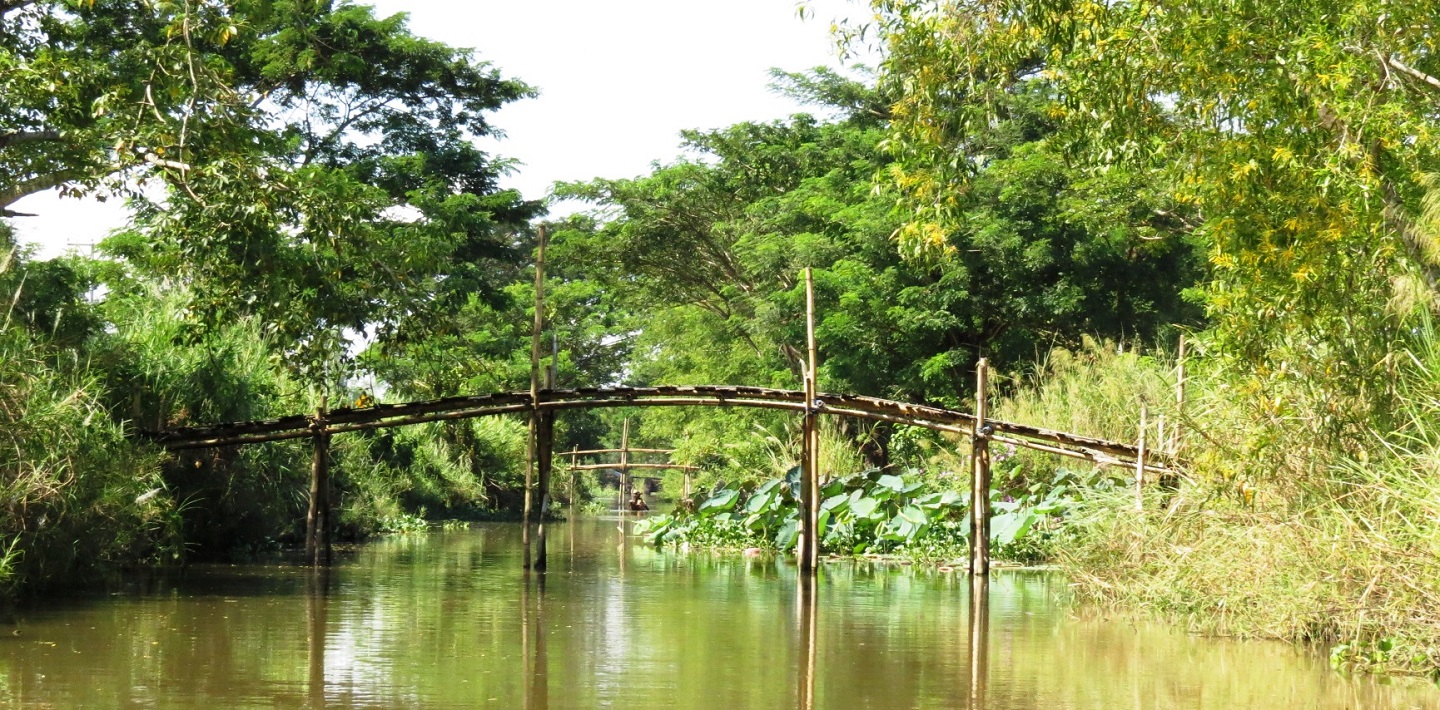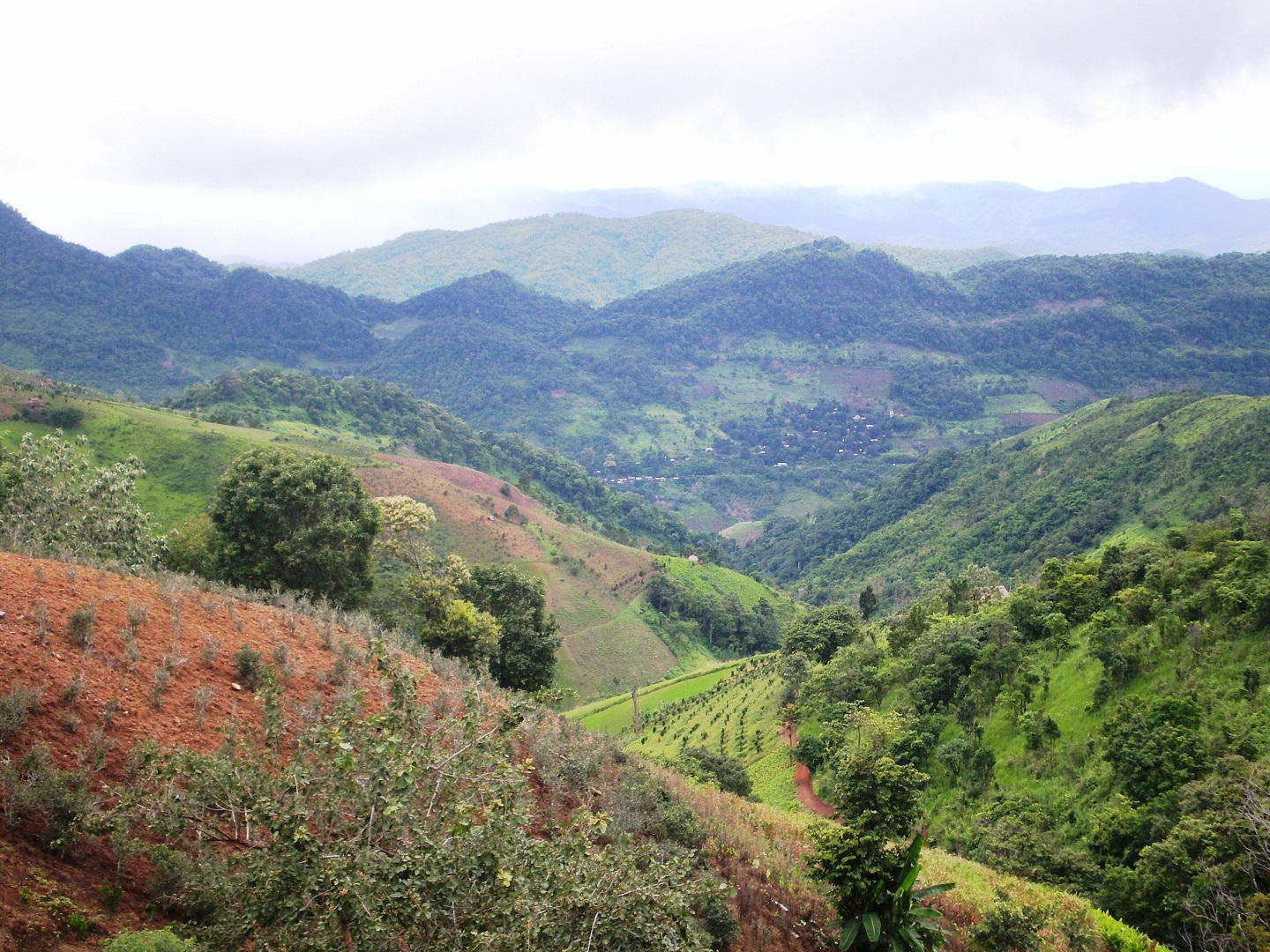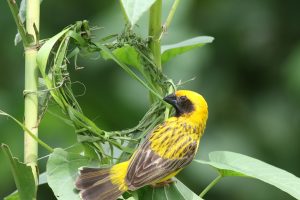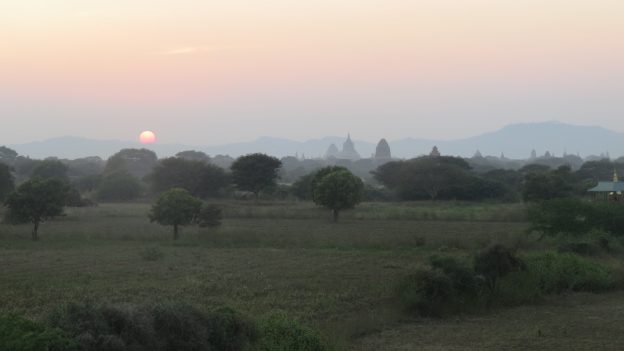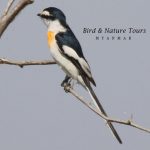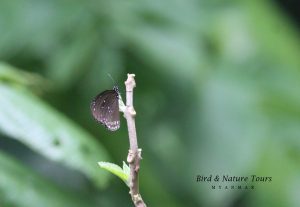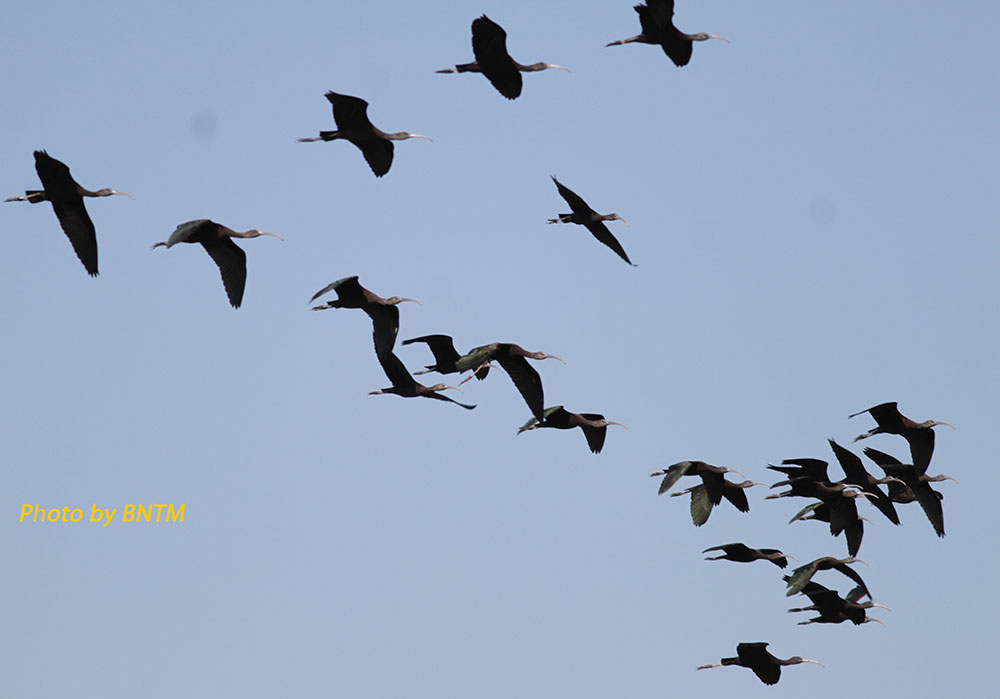Ayeyarwaddy Region is one of the nice birding sites in Myanmar, well-known as birding site for Sarus Crane and Jerdon’s Babbler.
In 27 July, 2019, we went for bird watching in Ayeyarwaddy Region. It is rainy season in Myanmar. Ayeyarwaddy Reagon is situated in south of Myanmar according to the ornithology regions in south east Asia and play an importance note for wetland depended bird species in the country, for looking the rare bird such as Vulnerable species of Sarus Crane, Jardon’s Babbler which previously thought to be extinct and resurfaced in March 2015 rediscovered by Wildlife Conservation Society ( WCS ) Myanmar and Yellow-breasted bunting (Emberiza aureola) that is become Critically Endangered.
Then we left Yangon at 7:30 AM in 27, July,2019. We stopped car just two time on the way to Einme township from Yangon to find birds. Fortunately, we found the rare bird species ,Sarus Crane and we recorded other species: Asian Golden Weaver, Large-billed Crow, Eastren Cattle Egret, Common Iora, Plain Prinia , Asian Openbill, Eurasion Tree Sparrow, Spotted Dove, Rock Pigeon, Yellow Bittern, Blue tailed Bee-eater, Common Myna, Pied Bushchat, Barn Swallow, House Crow, Little Cormorant, Indian Pond-Heron, Little Egret, Black Drongo, Lesser Whistling-Duck, Indian Roller, Asian Palm Swift, Oriental Patincole, Red-wattled Lapwing, Chestnut Munia, Red-vented Bulbul, Gray- breasted Prinia, Purple Heron, Zitting Cisticola, Bronze-winged Jacana, Ayeyarwaddy Bulbul, Red-whiskered Bulbul, Yellow- billied Prinia, Yellow-eyed Babbler. After birding, we drove to Einme township and had lunch taking rest for short time in a local restaurant.
After our lunch, we kept on travelling. We watched birds on the way to Wakhaema and recoreded Sarus Crane,Vulnerable species and other species: Asian Pied Starling, Pied Bushchat, Cinnamon Bittern, Common Tailarbird, Jungle Myna, House Sparrow, Great Egret, Chestnut-tailed Starling, White-throated Kingfisher, Ruby-cheeked Sunbird, Oriental Magpie-Robin, Little Green Bee-eater, Scarlet-backed Flowerpacker, Scaly-breasted Munia, Red-collered Dove, White-breasted Waterhan, White-rumped Munia, Plaintive Cuckoo.
We stayed one night at AKD Hotle in Wakhaema, a small town in Ayeyarwaddy Region.
On Second day, 29 July 2019, we checked out from Hotle and went to Shwelaung township to watch Highlight Species , Jerdon’s Babbler around Yarma Village. In that time, it is welcome weather for bird watching for us. We took the boat to watch birds with local villages. We found target species Jerdon’s Babbler including rare species , Sarus Crane, with other recorded species: Asian Golden Weaver, Red-vented Bulbul, Plain Prinia, Black Drongo, Jungle Myna, Red-collered Dove, Asian Openbill, Yellow-bellied Prinia, Green-billed Malkoha, Plaintive Cuckoo, Chestnut Munia, Common Myna, Indian Pond-Heron, Barn Swallow , Yellow Bittern, Flavous-breasted Woodpecker, Little Green Bee-eater, White-throated Funtail, Zitting Cisticola, Bule-tailed Bee-eater, Cottm Pygmy Goose, Lesser Whistling Duck, Black -shouldered Kite, Great Egret, Water Cock, Indian Roller.After that we took rest at monastery in Village. We had lunch over a plot of Green tea with jaggery sweet.
After lunch, we start to do bird watching with villagers taking boat along the stream. While we found Vulnerable Species, Jerdon’s Babbler again, all of us very content with happiness and also other specie we can see: Pied Bushchat, Intermediate Egret, House Sparrow, Eurasian Tree Sparrow, Puple Heron, Spotted Dove, Oriental Magpie- Robin, Ayeyarwaddy Bulbul, Asian Palmswift, Beya Weaver, Red-whiskered Bulbul, Copper-throated Sunbird, Yellow-eyed Babbler, Little Cormorant, Ashy Woodswallow, White-throated Kingfisher, Chestnut-capped Babbler, White-rumped Mynia, Streated Weaver.
Late afternoon, the weather changed immediately and we drove back to Yangon.



